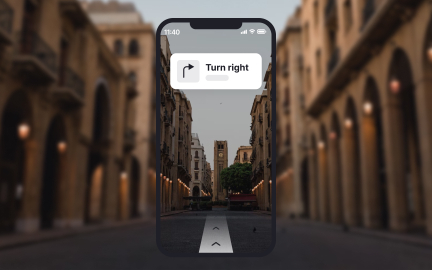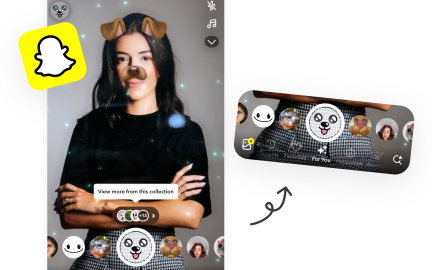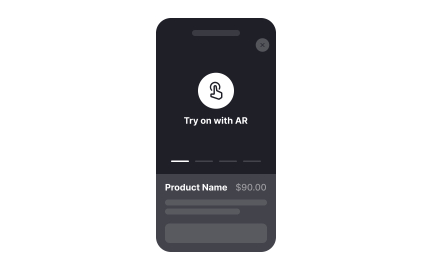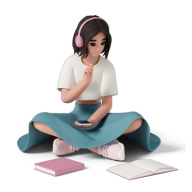Augmented Reality (AR)
Augmented Reality (AR) overlays digital content onto the physical world, blending real and virtual elements to create interactive user experiences.
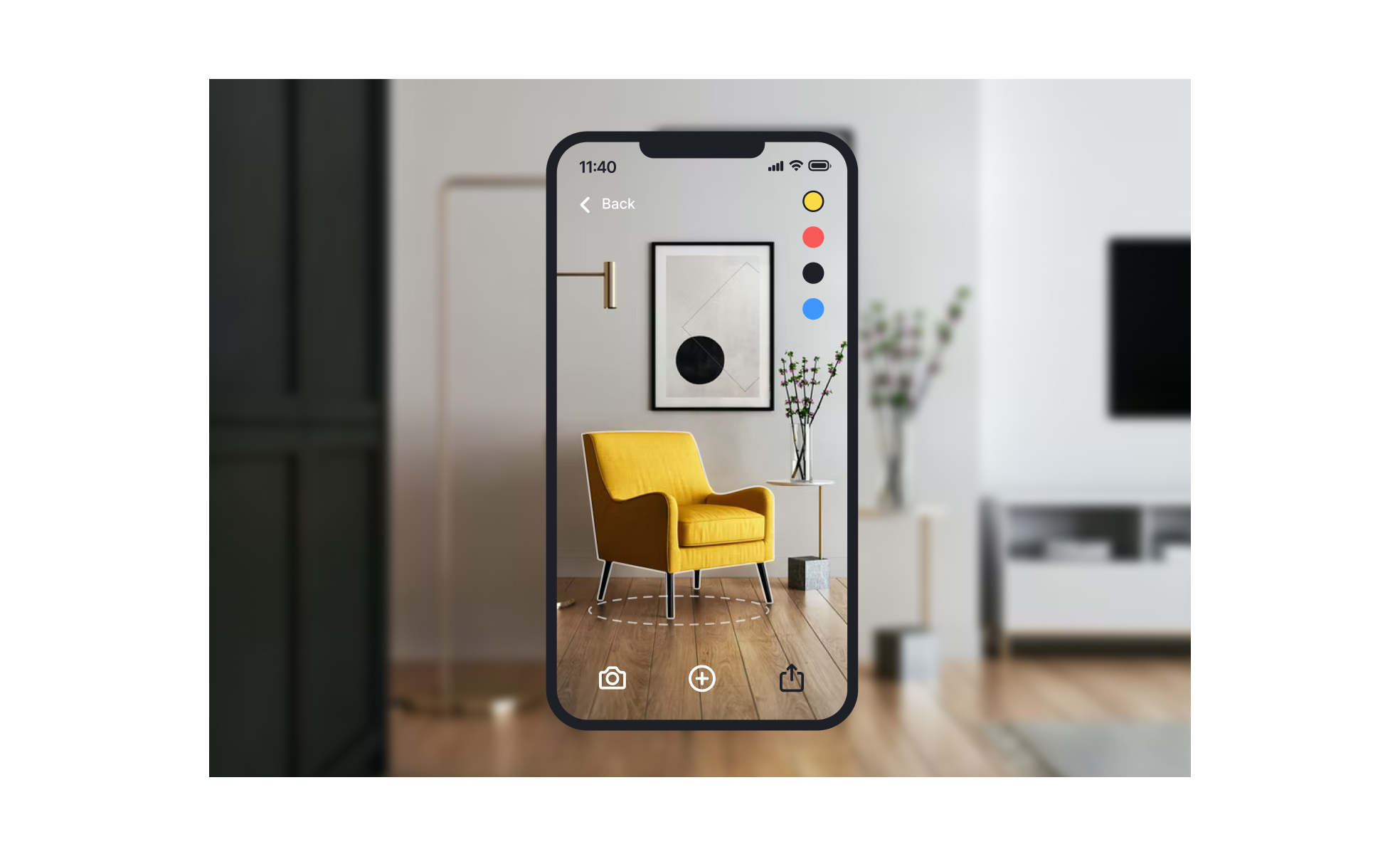
Augmented Reality (AR) is a technology that enriches the physical environment by layering digital information such as images, animations, or data onto real-world views. Unlike Virtual Reality, which replaces the environment entirely, AR enhances what already exists. This makes it particularly powerful in design and product management, where context is key to usability.
In UX/UI design, AR introduces a new dimension to interfaces. Instead of being limited to screens, designers must consider how digital objects interact with real-world spaces. This requires thinking about placement, visibility, accessibility, and user comfort. For example, designing AR navigation for a city street involves balancing clarity with non-intrusiveness so users can follow directions without being overwhelmed.
For product managers, AR brings both opportunities and challenges. It enables innovative features like AR shopping experiences, interactive learning, or virtual try-ons, which can increase engagement and conversion. At the same time, managers must address hardware constraints, user adoption, and the added complexity of integrating AR into existing systems. Balancing innovation with practicality becomes central to decision-making.
Examples highlight AR’s impact. IKEA’s AR app lets customers preview furniture in their homes, helping reduce returns by setting realistic expectations. Snapchat and Instagram filters apply AR to social interactions, driving user engagement and platform stickiness.
Accessibility and inclusivity remain crucial when designing AR. Designers must consider vision impairments, cognitive load, and interaction alternatives beyond gestures or touch. For example, AR features should adapt for users who cannot rely on depth perception or fine motor skills, ensuring that immersive technology does not exclude segments of the audience.
Technical considerations also shape AR experiences. Performance optimization is vital, as lag or misalignment between digital and physical layers can break immersion and cause frustration. Developers must account for varying device capabilities, from high-end headsets to entry-level smartphones, ensuring consistent quality across platforms.
Learn more about this in the What is augmented reality Exercise, taken from the Augmented Reality and Mobile Design Lesson, a part of the Mobile Design Course.
Key Takeaways
- AR overlays digital content onto real-world environments.
- Expands UX/UI design beyond screens into spatial contexts.
- Enables product innovation in shopping, training, and social apps.
- Requires performance optimization for smooth user experiences.
- Demands accessibility and inclusivity in interaction design.
AR enhances the real world by adding digital layers, while VR immerses users in a fully digital environment. For example, AR can project directions onto a city street, while VR recreates the street entirely in a headset. This difference makes AR more suited for practical, real-world applications.
In design and product management, AR requires teams to consider physical context alongside digital interactions. VR, by contrast, focuses on immersive environments that are entirely controlled. Both have value, but AR’s blend of real and digital makes it more immediately applicable for consumer and enterprise products.
AR often benefits from its accessibility. Since it can run on smartphones and tablets, adoption is easier than with VR, which typically requires specialized hardware.
Retail, education, healthcare, and industrial fields see significant benefits. Retailers like IKEA and Sephora use AR to let users preview products before buying, reducing uncertainty and returns.
Education uses AR to make abstract concepts tangible, such as bringing historical landmarks or biological structures into classrooms.
Healthcare leverages AR for surgery planning and patient education, where doctors can overlay scans directly onto the body for better visualization.
In industrial contexts, AR supports maintenance and training, helping workers complete tasks safely with real-time overlays.
These applications show how AR is not limited to entertainment but reshapes daily workflows across diverse industries.
Designers must balance immersion with usability. Poorly placed digital elements can clutter vision, create confusion, or even cause safety risks if they obscure critical real-world details. Achieving clarity in overlays while keeping them useful is one of the biggest challenges.
Hardware limitations add complexity. Devices vary in processing power, field of view, and interaction methods. Designers must adapt experiences to scale across entry-level smartphones and advanced AR headsets without compromising usability.
Finally, accessibility is a significant challenge. Ensuring AR works for users with disabilities requires thoughtful alternatives, such as voice commands, adjustable contrast, and tactile feedback. These considerations ensure AR remains inclusive and functional for all users.
Recommended resources
Courses

UX Design Foundations

Design Terminology

Common Design Patterns
Lessons

Applications of 3D Design

Augmented Reality and Mobile Design
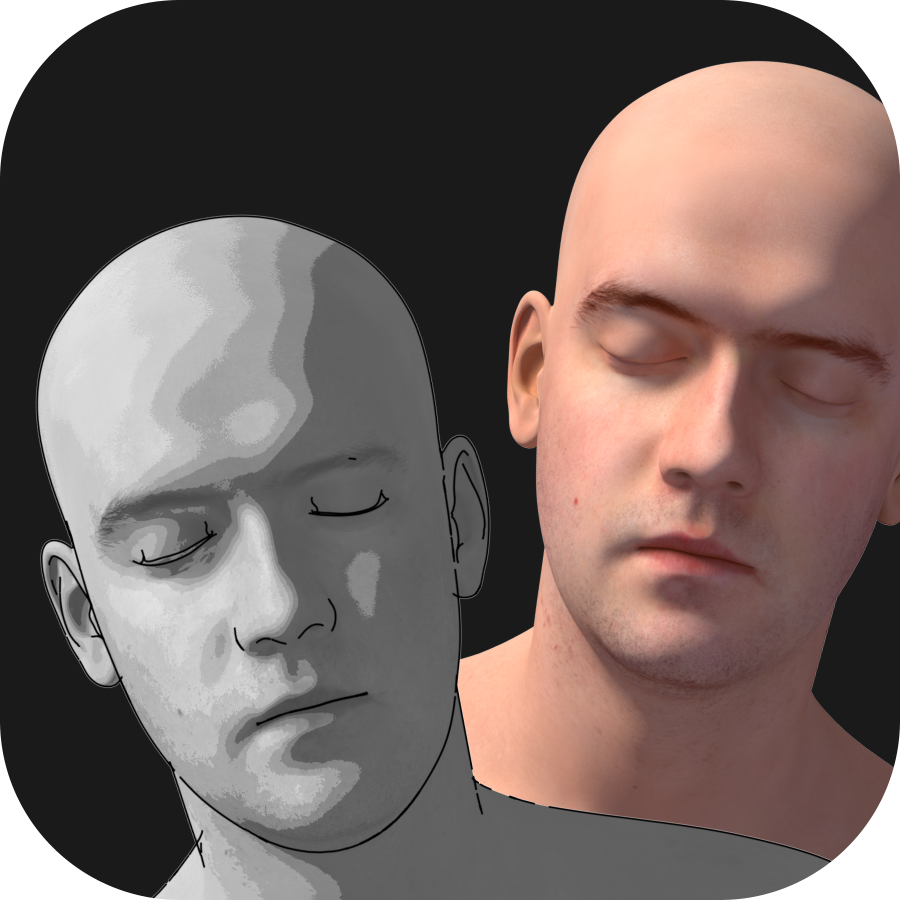
Rendering Techniques
Exercises
Projects
AiChive - Personal Goals Tracker

Spotify UI – Apple Vision Pro





